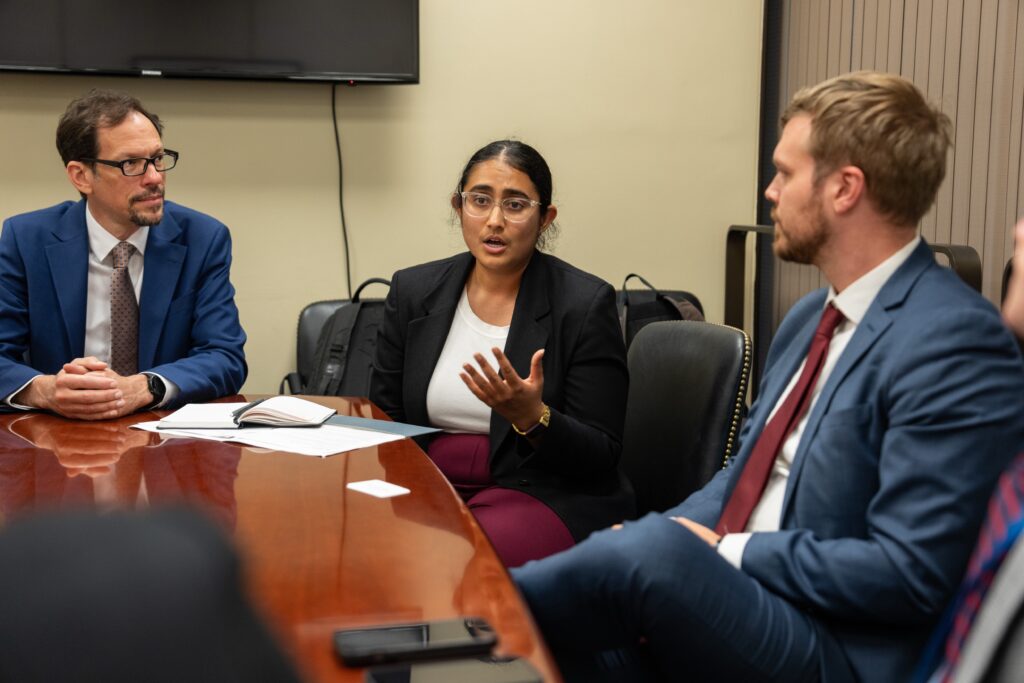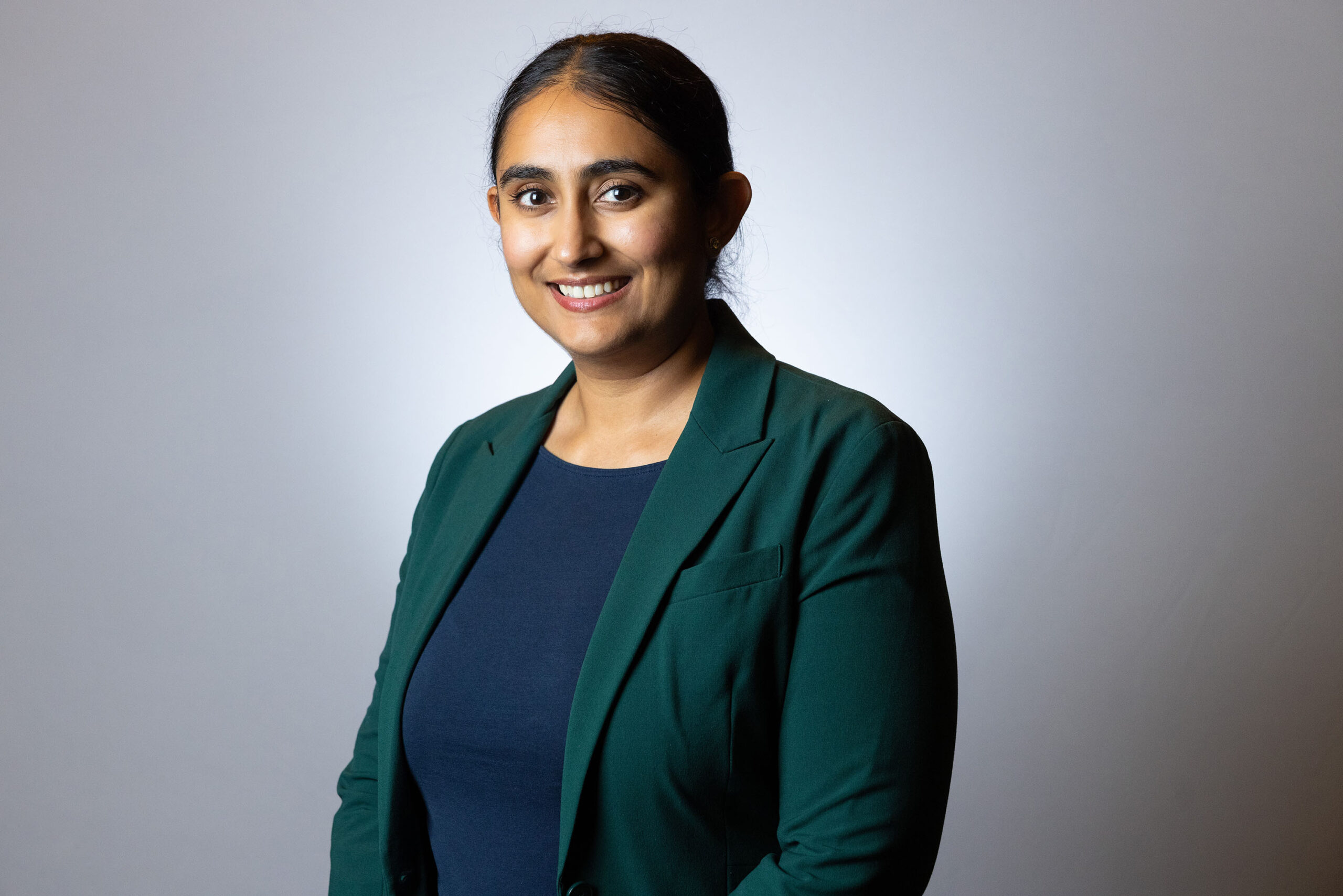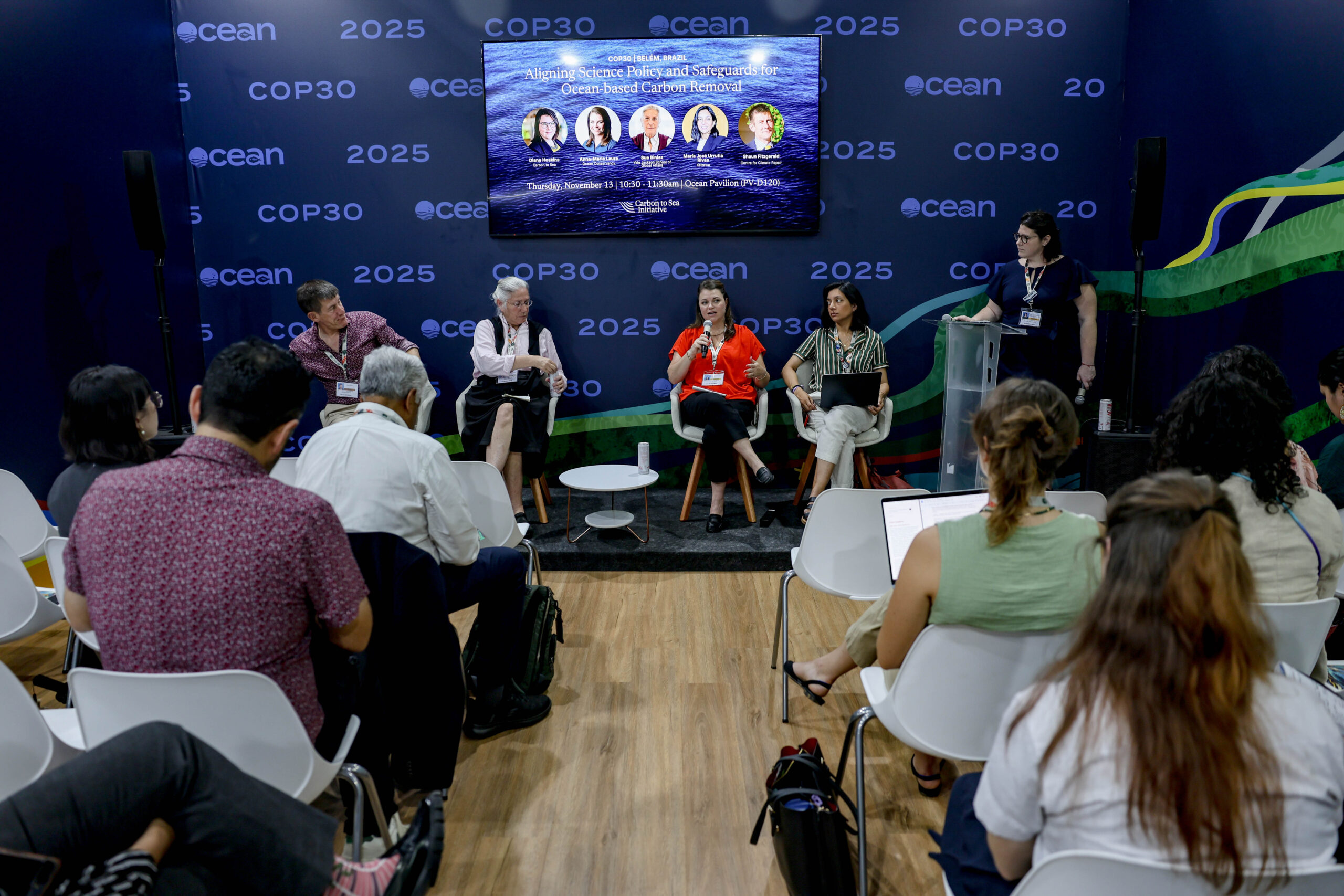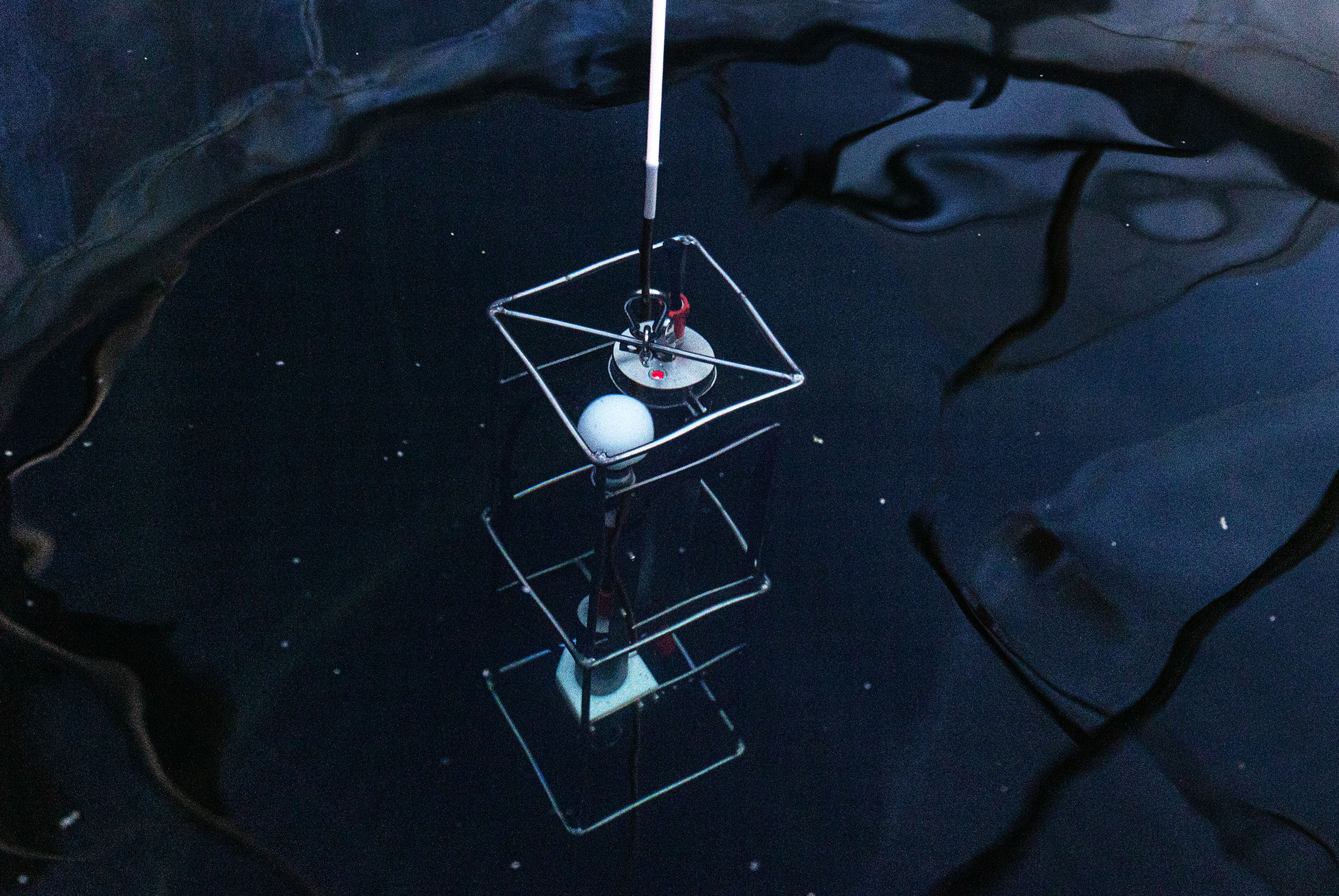Carbon to Sea is excited to introduce our newest team member, Priyanka Hooghan, who joins us as Senior Manager of Policy.
In this new role, Priyanka will support the strategy development and execution of our Global Policy and Communications Initiative, working toward increased public funding for ocean-based carbon dioxide removal (oCDR) R&D, responsible governance regimes in key geographies, and strategic policy guidance to leading researchers. Her expertise in climate and energy policy will help Carbon to Sea continue to drive momentum towards greater investment and a strong regulatory framework for ocean alkalinity enhancement (OAE) research.
Priyanka brings nearly a decade of experience advancing U.S. energy, environment, and climate policy within the federal government. She most recently served as Chief of Staff for the Office of Fossil Energy and Carbon Management at the U.S. Department of Energy (DOE), where she led the implementation of major climate legislation, including the Bipartisan Infrastructure Law and the Inflation Reduction Act.
Before her time at DOE, Priyanka was Subcommittee Staff Director for the Environment Subcommittee of the U.S. House Committee on Science, Space, and Technology, helping develop bipartisan climate research and legislation such as the CHIPS and Science Act and the PROSWIFT Act.
Priyanka started her congressional career as a STEM graduate fellow with the Asian Pacific American Institute for Congressional Studies (APAICS) in Senator Mazie K. Hirono’s office, sponsored by the American Petroleum Institute. Prior to moving to Washington, she worked as an environmental engineer in Chicago and Dallas, focusing on air quality permitting and compliance. Priyanka holds a B.S. in environmental engineering from Southern Methodist University and an M.S. in Environmental Engineering from Stanford University.
Welcome to the team, Priyanka!
Read Priyanka’s Q&A below to learn more about her work at Carbon to Sea.
How did you first become interested in climate policy, and what made you want to work in oCDR?
PH: I’ve always been interested in combatting the climate crisis and felt like policy was the best way to have a broad impact. Working in government was a chance to apply my technical skills beyond any one state or geography. My time on Capitol Hill was the start of my journey into ocean-based climate solutions. While at DOE’s Office of Fossil Energy and Carbon Management, I worked closely with the carbon dioxide removal (CDR) team to advance opportunities for ocean-based CDR technologies, and was able to play a meaningful role in elevating the field within the federal government.
The more I understood the crucial role that the ocean plays in climate mitigation, I started to think about how to effectively engage more people in this issue. For example, how do you communicate with coastal communities about why oCDR research off their shoreline is important and, on the flip side, how do you build momentum for these solutions with communities that live in a landlocked state? These felt like interesting and important questions, and since the oCDR field is still relatively nascent, I saw a lot of opportunity to make progress.
The role at Carbon to Sea stood out as a chance to bring together my policy and technical experiences to make a deeper, more tangible impact within a burgeoning field.
Why are you excited about this role?
PH: I’m eager to leverage my federal experience to influence policy through both traditional policymaker levers as well as levers outside of government — in both the U.S. and globally. This role allows me to dive into global initiatives and apply lessons from the U.S. context to international climate policy, which is incredibly exciting given the momentum around ocean-based solutions right now.
Here in the U.S., the EPA’s recent approval of WHOI’s LOC-NESS OAE research project is a sign of growing opportunity in the field. Seeing the LOC-NESS field research move forward this summer makes me optimistic that a path exists for responsible research within a smart, supportive regulatory framework, even in today’s challenging political landscape. I look forward to seeing how we can continue to unlock wins like this and build champions for OAE in the U.S. and abroad.
What projects have you been working on so far?
PH: My first major project was organizing our inaugural Hill Day. Our team (joined by several of our grantees and partners) met with over 60 congressional staffers and several Members of Congress to discuss the potential economic and environmental benefits of oCDR. It was great to engage directly with policymakers and see how our message resonated with a variety of Hill staffers and Members. This was a first Hill Day experience for many of the people in our group, which created a lot of positive energy and enthusiasm that I’m excited to build on for future efforts. I was thrilled to see such a great turnout and response, and look forward to continuing to build bipartisan support and momentum for OAE policy.




